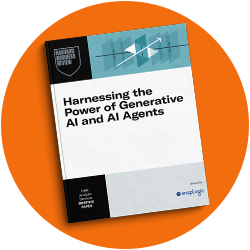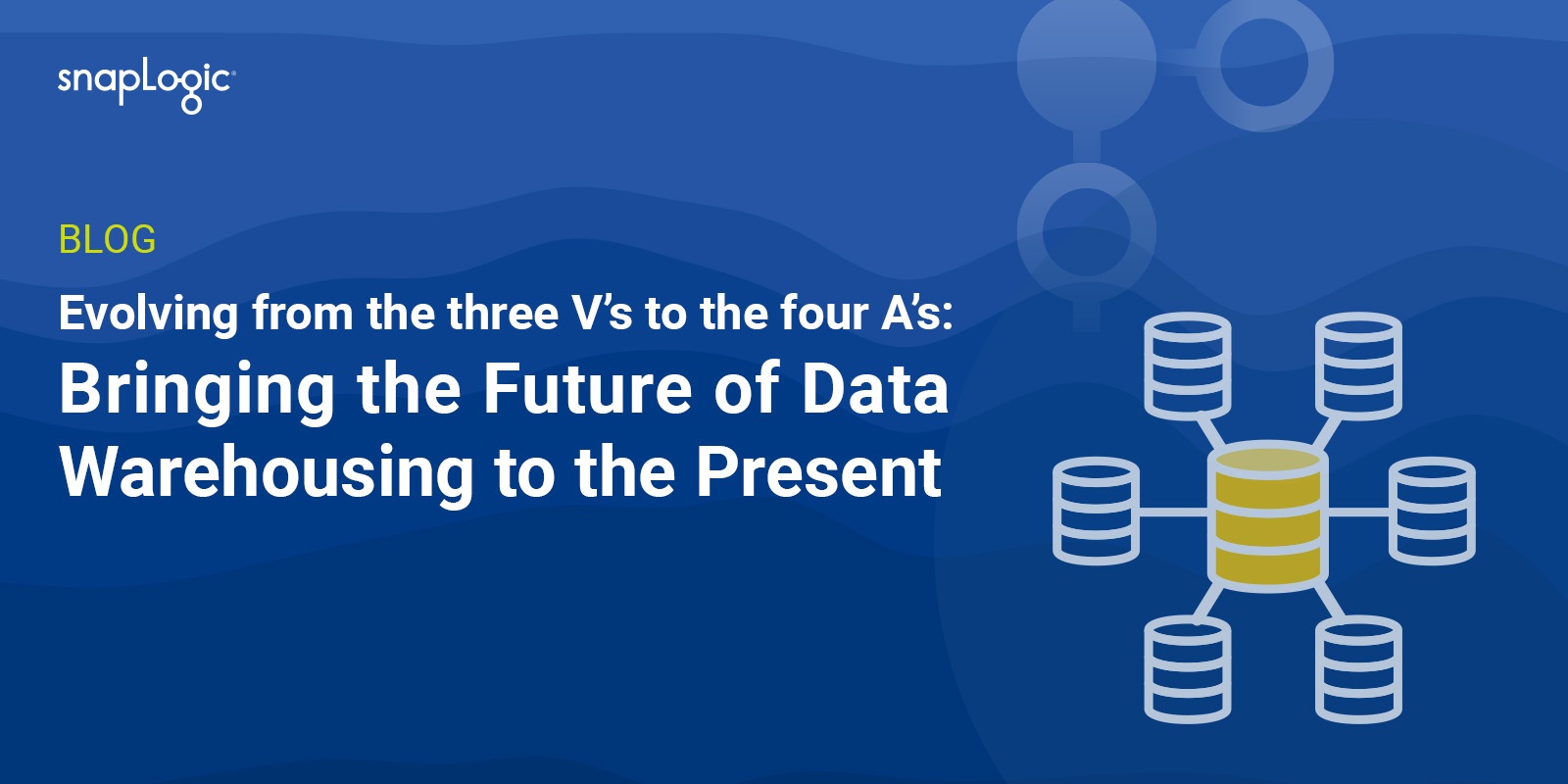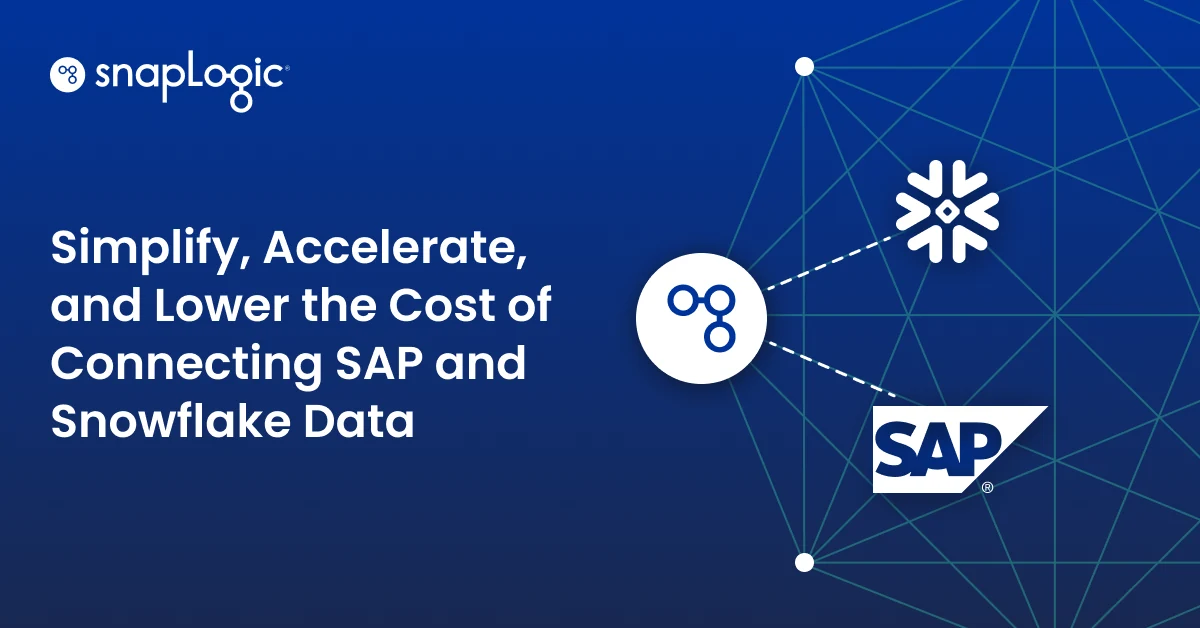Today at Gartner’s Data and Analytics Summit, London, I began to talk about how SnapLogic sees the state of integration technology evolving in the context of data warehousing and analytics.
What’s interesting about integration (and confirmed by leading Gartner RDBMS analysts) is that one of the hardest parts of building a complete data platform remains building an integration fabric that ties all data and data communities together. This is despite the technology advancements within the data and analytics space over the last few years.
Primary reasons why integration remains hard:
- As to be expected, data warehouse and analytics shops must content with large amounts of data originating from an enormous number of data sources
- Wrestling all this data and getting it into the hands of those who need it, across different groups, continues to be a challenge
- Add to this, application to application integration for operational requirements
- Plus, an increasing number of organizations are engaging in application building, including API development and management, which adds new wrinkles to data integration challenges
From an integration perspective and from what we’ve seen with our customers, data and analytics are rarely just about generating better insights. Outcomes from analytics are often tied to larger digital transformation strategies and business objectives, including automating the enterprise to flow data between multiple applications, driving business processes.
With this additional context, it is easy to see how difficult integrations are a business-limiting problem, because the objective of many digital transformation strategies is to empower more people with digital business. This cannot be accomplished if the task of developing integrations is in the hands of just a few specialists.
Designing data platforms around meeting the challenge of the three V’s (volume, velocity, and variety) of data isn’t good enough to resolve the challenges with integrating the resulting mountains of data. Capabilities of a data platform can be dramatically extended with a digital, transformation-oriented integration fabric that adds:
- Artificial intelligence: natively in-product, simplifying integration building for all
- Access for everyone: expanding to citizen integrators, addressing IT resource shortages and bottlenecks, enabled by easier integrations made possible by AI
- Application capabilities: multi-application integration for operational purposes and API management and orchestration that sit alongside post-production data integration capabilities, within the same platform, minimizing tooling and reducing data architecture complexity
- Automation across the enterprise: driving data flows that reduce manual efforts for application-driven business processes and that boosts acceleration of business results
The four A’s for short, are attributes of an integration fabric that will expand the power of any data platform, reduce the integration challenges mentioned above, and will speed up the time-to-value from application and data integrations. Metrics to gauge the business outcomes:
- Time savings in building integrations
- The number of users empowered to build their own integration and the ability to grow the number (user-scalability) without hitting a wall. User scalability is also an indication of ease-of-use
- Cost saving from tool reductions
- Time savings/ROI from accelerated time-to-value for business outcomes
More on this topic with future blogs.











